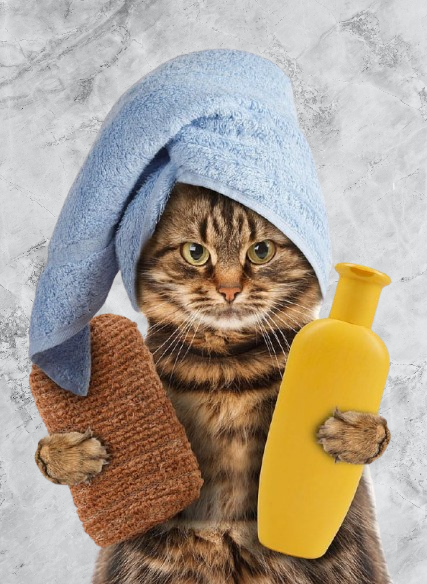How to Take Care of a Cat

Cats are more than just pets; they’re cherished members of the family. Providing them with proper care ensures they lead healthy, happy lives. This guide offers in-depth insights into cat nutrition, grooming, health maintenance, training, and more.
1: Cat Nutrition – Fueling Your Feline Right
Understanding Cat Diets
Cats are obligate carnivores, meaning their diet should primarily consist of animal-based proteins. A balanced diet is crucial for their health.
Wet vs. Dry Food
| Type | Pros | Cons |
|---|---|---|
| Wet Food | High moisture content, palatable, low carbs | Expensive, spoils quickly |
| Dry Food | Convenient, dental benefits, cost-effective | Low moisture, higher carbs |
Recommendation: A combination of both wet and dry food can offer balanced benefits.
Homemade and Raw Diets
- Homemade Meals: Ensure meals are balanced with 80% meat, 10% organs, and 10% bones. Consult a veterinarian for proper recipes.
- Raw Diet (BARF): While beneficial, raw diets carry risks like bacterial contamination. If considering, use commercially prepared raw food and consult a vet.
Toxic Foods to Avoid
Certain human foods are harmful to cats:
- Chocolate
- Onions and garlic
- Grapes and raisins
- Alcohol
- Caffeine
Always keep these out of reach.

2: Grooming – Keeping Your Cat Clean and Comfortable
Brushing
Regular brushing helps reduce shedding and prevents hairballs, especially in long-haired breeds.
Nail Trimming
Regular nail trimming prevents overgrowth and potential injury. Use cat-specific nail clippers and trim carefully.
Bathing
Cats generally groom themselves, but occasional baths may be necessary. Use cat-safe shampoos and ensure the water temperature is comfortable.
Ear and Dental Care
Regularly check ears for signs of infection and clean them gently. Dental hygiene is vital; consider using cat-specific toothpaste and brushes.
3: Health Maintenance – Ensuring Your Cat’s Well-being
Regular Veterinary Visits
Annual check-ups help detect health issues early. Keep vaccinations up to date and discuss parasite prevention with your vet.
Parasite Control
Regularly use flea, tick, and worm preventatives as recommended by your veterinarian.
Spaying/Neutering
Spaying or neutering your cat can prevent certain health issues and unwanted behaviors.
Monitoring Health at Home
Keep an eye on your cat’s weight, coat condition, and behavior. Any sudden changes may indicate health problems.
4: Training – Teaching Your Cat Good Habits Litter Box Training
Ensure the litter box is clean and placed in a quiet area. Most cats instinctively use it, but kittens may need guidance.
Positive Reinforcement
Use treats and praise to reward desired behaviors. Avoid punishment, as it can lead to fear and confusion.
Enrichment Activities
Provide toys, scratching posts, and climbing structures to keep your cat mentally and physically stimulated.
5: Special Considerations
Senior Cats
Older cats may require special diets and more frequent veterinary visits. Monitor their health closely.
Multi-Cat Households
Ensure each cat has its own resources (food, water, litter box) to prevent conflicts.
Traveling with Cats
Use a secure carrier and ensure your cat is comfortable during travel. Never leave them alone in a vehicle.
Feeding Guidelines by Life Stage
| Life Stage | Meals per Day | Key Nutrients | Tips |
|---|---|---|---|
| Kitten | 4-6 | High protein, DHA | Use shallow bowls, high-quality food |
| Adult | 2-3 | Lean protein, fiber | Monitor weight, provide enrichment |
| Senior | 2-3 | Joint support, low phosphorus | Warm food for aroma, regular vet check-ups |